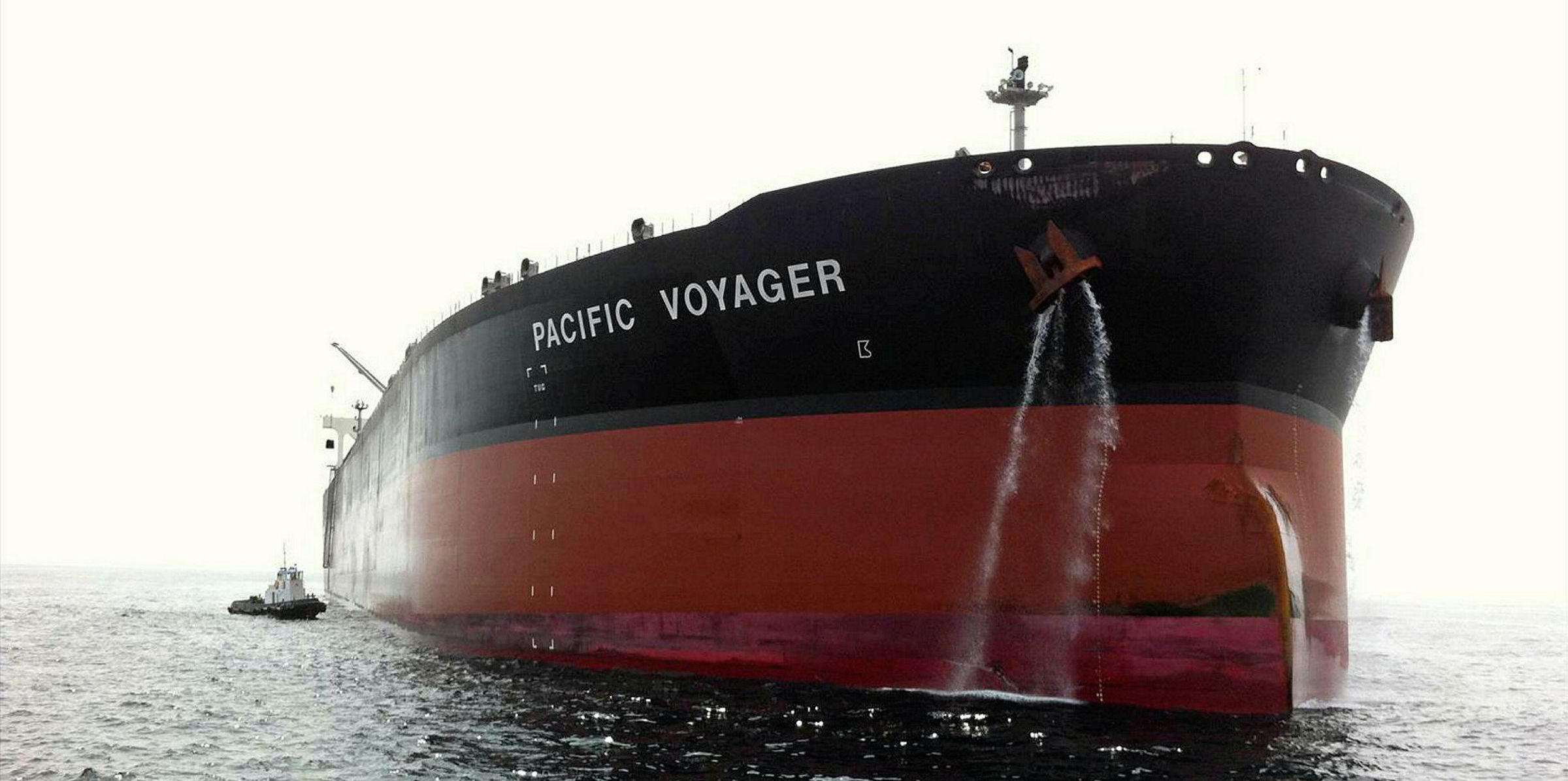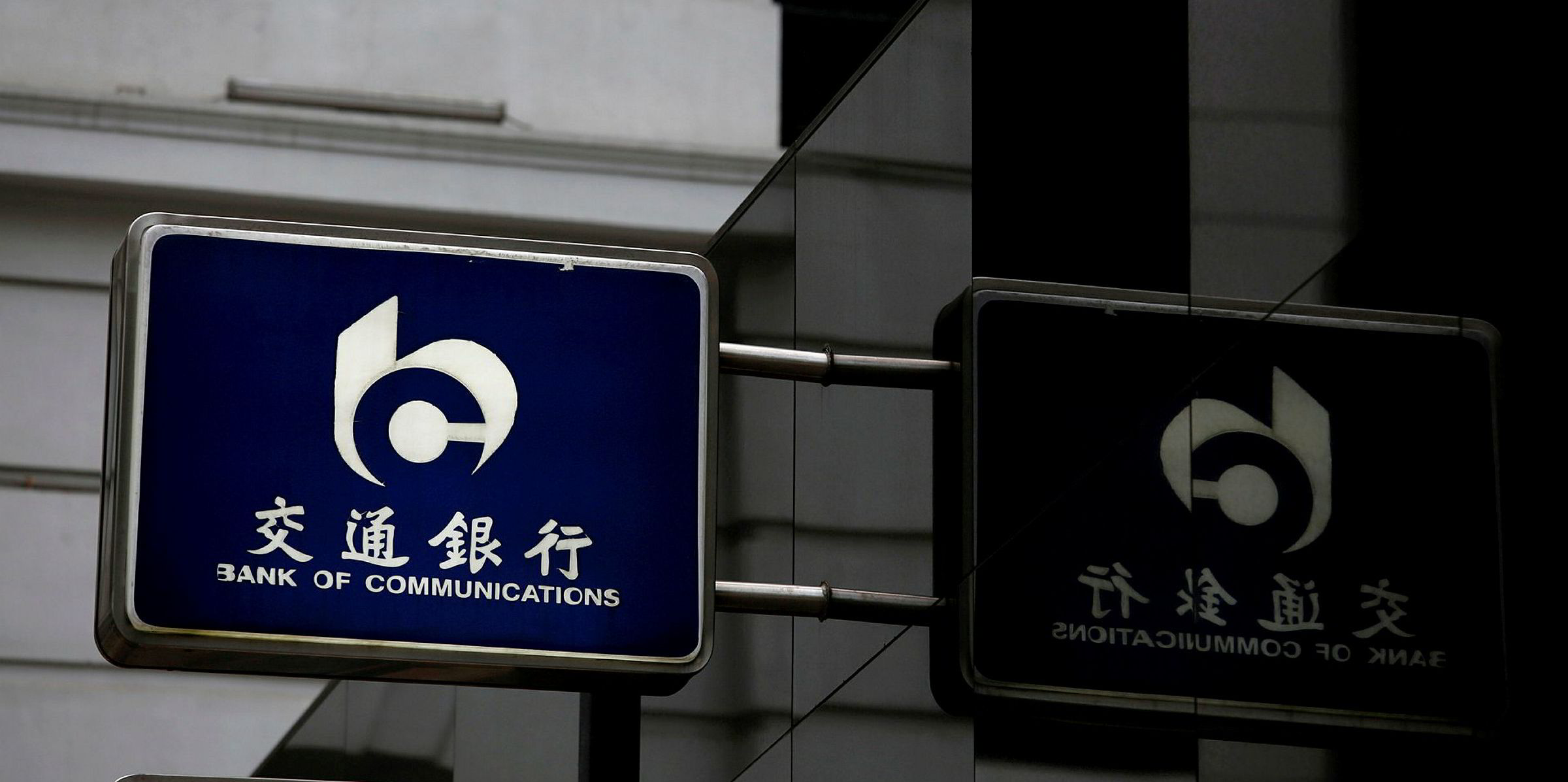For the owners of the world’s 380 odd LR2 tankers, the decision to deploy their vessels in the dirty as opposed to the clean trade was an easy one until the end of March.
While their ships generally cost $2m extra to build than uncoated aframaxes, many LR2 owners had been seduced by buoyant crude shipping rates since late 2019.
According to Torm, a Danish owner with a large product tanker fleet, the share of LR2s carrying crude or fuel oil globally increased from 44% in early October to 53% at the end of March.
Then, from April, the winds started to blow the other way.
Spot earnings of LR2s surged to an all-time high, even exceeding VLCCs in the past week. That hike has incentivised a switch back to the clean trade.
IHS Markit data shows about 20 units in the dirty trade have switched since March.
Principal liquid bulk analyst Fotios Katsoulas said: “Additional demand has been supported by the rapid increase of floating storage of refined products across the world and the higher congestion in northwest Europe and the Mediterranean.”
Torm spokesman Joakim Norholm Vasehus believes many LR2 candidates currently in the dirty trade are available for carrying or storing clean petroleum products (CPP) if market conditions remain strong.
“That number [switching back] will likely increase should the market conditions continue the current trend,” Vasehus said.
“The absolute number of LR2s in the clean trade is currently as low as last seen in mid-2015, while the LR2 fleet has grown by more than 100 vessels during the same period.”
Just do it
That said, going clean is not straight forward. Shipowners will need to take into consideration the resources required and opportunity costs.
“Going from clean to dirty takes nothing…Just do it,” Concordia Maritime chief executive Kim Ullman said. “Switching from DPP [dirty petroleum products, referring to crude and fuel oil] to CPP isn’t all that easy.”
“It takes time — how much depends on the state the DPP tanks are in as you really need to get every corner/angle clean.”
Alphatanker estimates cleaning tanks would cost between $150,000 and $200,000 per ship, with total operations taking 10 to 14 days to complete. Employment days are lost when cleaning takes place.
Also, having such operations during the coronavirus pandemic might not be simple. “You need inspectors from shore, sometimes cleaning firms, special cleaning equipment,” Ullman said.
After cleaning, LR2 vessels often need to accept below market rates during the first three voyages, Ullman suggested. “You are limited to a few…products you can carry,” he said. “Diesel and condensate are often acceptable.”
Once the vessels can carry a full range of clean products, there is no guarantee they can earn more than aframaxes — which have been supported by spill-overs of floating storage demand from larger ships.
According to Kpler data, 140m barrels of crude were stored at sea as of Thursday, compared with 62.7m barrels of clean products.
“We expect that the crude storage fleet will take slightly longer to unwind than the majority of the LR2 fleet as previous episodes tend to suggest that product come ashore before crude as refiners turn to their onshore crude inventories first,” Alphatanker said.
Good to be clean
But some analysts believe LR2s are also well positioned to take advantage of floating storage demand. They are more competitive than LR1s and MRs for storing clean products in terms of unit cost, while aframaxes are the opposite for storing crude when competing with suezmaxes and VLCCs.
“Going forward, we expect clean LR2s to outperform dirty aframax[es], especially with the recent surge in floating storage for diesel, gasoline, and jet fuel,” Jefferies analyst Randy Giveans said.
Even for the longer term, Alphatanker points out that LR2 owners stand a good chance of profiting from going clean, citing more trading opportunities in the post-Covid-19 world.
“As oil demand rebound, there will immediately be mismatches between regional refined product supply and demand, which will mean that clean products will still be required to be moved by sea to balance out markets,” researchers at Alpahtanker said in a weekly note.
“In comparison, we think that the fortunes of crude tanker owners will be clipped to a greater extent by refiner’s lower crude import requirements.”
They also suggest long haul product shipments from Asia and Middle East to Europe could increase, should some simple European refineries fail to restart after recent closures.
“Recent events have exposed a number of simple refiners in key consuming regions, notably Europe, to severe financial hardship which have seen plants shutter,” Alphatanker said.
“There is no guarantee that these facilities will reopen and thus these regions could see their import requirements rise.”






